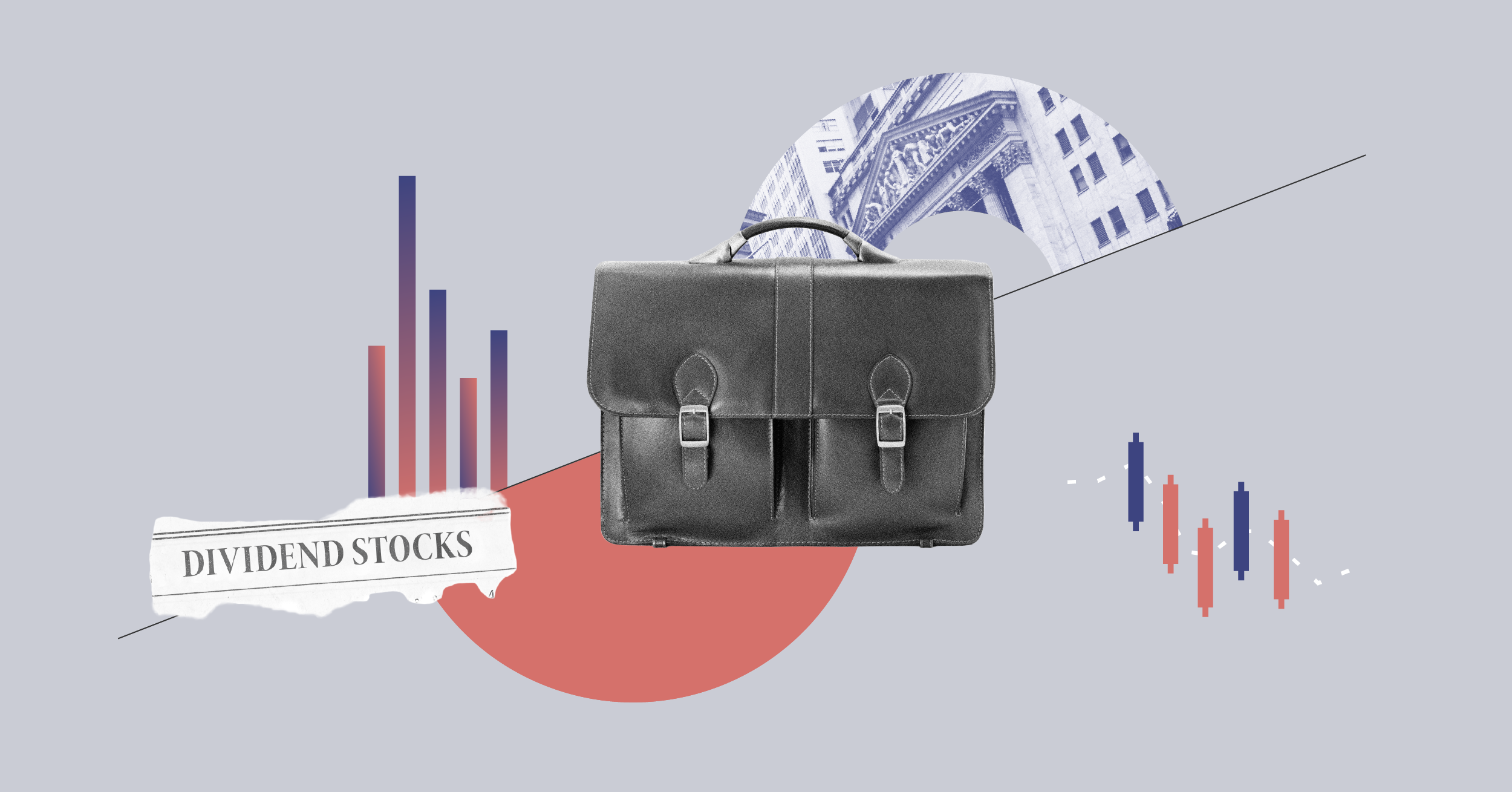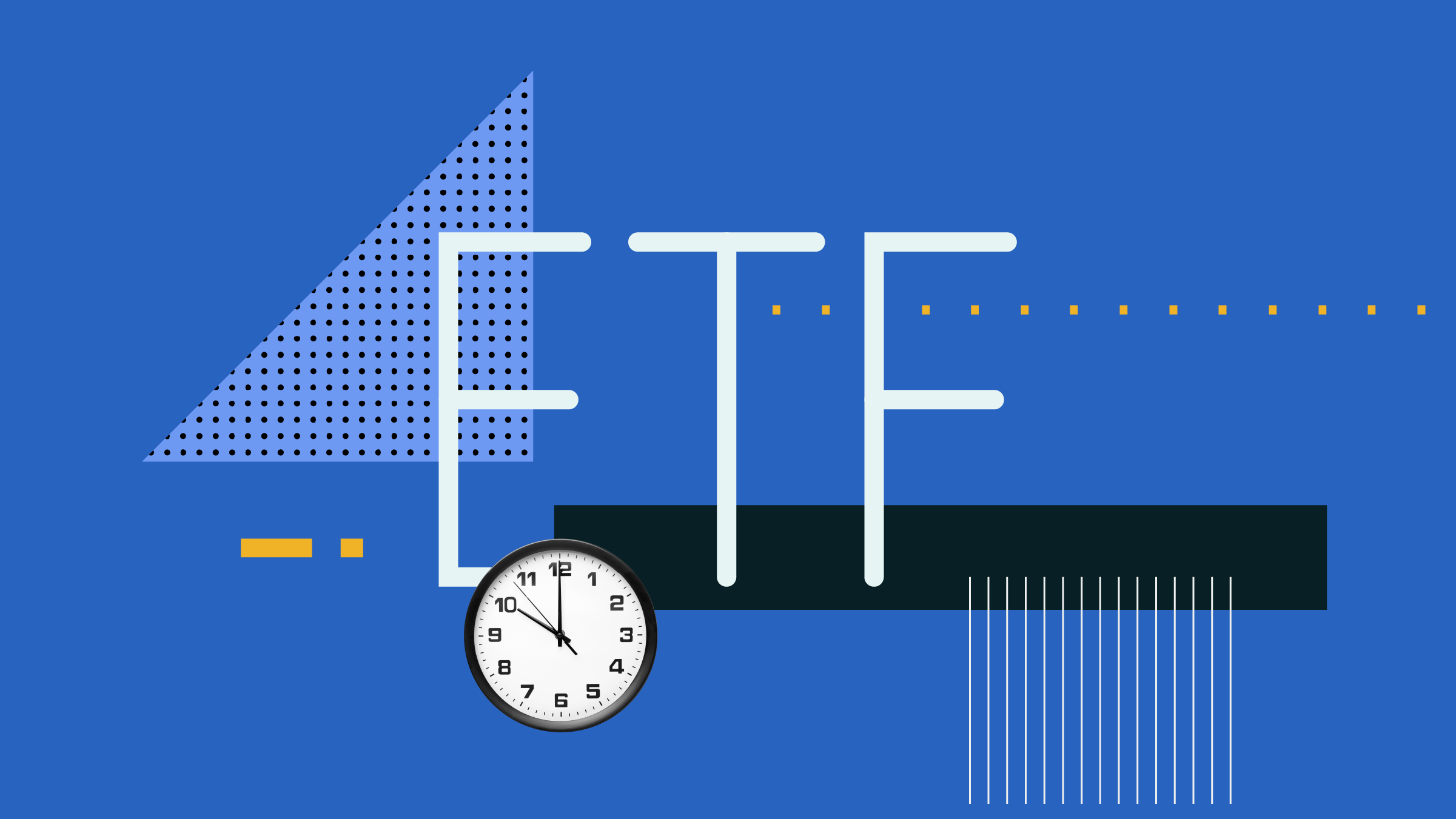The following is part of our Financial Planning To-Do List special report.
Taxable accounts can fill a valuable role in many investors' portfolios. They're the best place to hold an emergency fund or assets you're amassing for short-term goals like home improvements, because you'll be able to withdraw the money without any explanation or penalty whenever you want.
Taxable accounts can also prove their mettle in retirement, in that it's possible to maintain a taxable portfolio that's highly tax-efficient. Because withdrawals of appreciated holdings in taxable accounts are treated as capital gains -- which have favourable tax treatment -- that means it will often cost you less to withdraw from a taxable account than it will to tap your tax-sheltered holdings, where withdrawals are subject to ordinary income tax. (Of course, once mandatory RRIF withdrawals commence you won't have any choice but to draw from your tax-deferred accounts.) You can also take advantage of tax-loss selling or tax-gain harvesting in a taxable account, as we explain in this article.
At the same time, taxable accounts leave little room for error. Parking the wrong types of investments in a taxable account can translate into a costly tax headache that's not easy to alleviate. And while you have wide latitude to make changes to your tax-sheltered vehicles like RRSPs and TFSAs without facing any tax consequences, you're more hemmed in with your taxable holdings. If you'd like to swap out holdings that have appreciated since purchase, you'll owe taxes on that appreciation.
Many of the same steps that make sense for a retirement portfolio review will make sense as you assess your taxable portfolio. But there's an additional layer to consider when you're assessing your taxable account: how tax-efficient the portfolio is, as well as whether any changes to that portfolio will entail tax costs.
As you conduct a review of your taxable accounts, here are the key steps to take.
Step 1: Review portfolio fundamentals.
Much of the process for reviewing a taxable portfolio is the same as conducting a review of your tax-sheltered retirement portfolio. Follow steps 1 through 3 of my retirement portfolio review: Enter all of your taxable account holdings in Morningstar's X-Ray tool. (Note that you'll need a Premium membership to access this tool. For a free 14-day trial, click here.) Assess your asset allocation given your proximity to your spending needs, and evaluate the fundamentals of your holdings, especially costs.
As you do so, be sure to factor in your spending plans for those taxable assets. If you're like many people, you're earmarking some of that money for retirement and other assets for shorter-term needs--to serve as an emergency fund, for example. If you anticipate near-term spending from this account, you need to keep the money in safer assets. I recommend true cash investments for emergency funds, while you can venture out a bit on the risk spectrum for goals with slightly longer time horizons. This article discusses how to invest for short- and intermediate-term goals and provides some model portfolios, too.
Step 2: Review tax efficiency of equity holdings.
In addition to reviewing your taxable portfolio's asset allocation and holdings quality, take stock of the tax efficiency of your equity holdings. On the "Tax" tab for individual mutual funds and ETFs, you can view tax data for each mutual fund or ETF that you hold.
Equity exchange-traded and broad-market index funds tend to be ideal taxable-account holdings because their turnover is very low, which helps keep down taxable capital gains. Exchange-traded funds have a built-in edge over mutual funds on the tax-efficiency front because ETF buyers and sellers trade with one another; the manager doesn't have to sell stocks--and realize capital gains--to meet redemptions. Tax-managed mutual funds, which are explicitly managed to reduce the drag of taxes on returns, are also tax-friendly.
Your taxable account is also a good place to hold individual stocks. In short, individual stocks give you a lot more control over your tax situation than you'll have with funds. Some stocks are better than others for taxable accounts, though. For example, dividend-paying stocks and stock funds are a better option for tax-sheltered accounts than taxable if you're not necessarily looking to draw an income from the portfolio.
Also know what to avoid when assembling your taxable portfolio. Real estate investment trusts are a bad idea, in that most of the income they kick off is taxed at your ordinary income tax rate rather than the lower dividend tax rate. Equity managers who use high-turnover strategies tend to pay out sizeable capital gains along the way. Quantitative strategies can entail more trading and, in turn, more frequent capital gains payouts.
Step 3: Review bonds and shorter-term holdings.
Generally speaking, stocks will tend to be more tax-efficient than bonds, because the income from bonds is taxed at your ordinary income rate, which is higher than the capital gains and dividend rates. For that reason, some planners recommend that you keep your taxable portfolio light on fixed-income assets. But that may not be practical if you're saving for a shorter-term, non-retirement goal.
If you need to hold bonds in your taxable accounts, its worth noting that, even more so than with equities, certain bond holdings can be a bad idea for taxable accounts. High-yield bond funds, because they tend to generate large amounts of current income, are a poor choice for your taxable accounts. Funds that hold inflation-protected bonds also tend to be a bad bet for taxable accounts because, with them, you're taxed not just on your yield but on the principal adjustment you receive to account for inflation.
Step 4: Take tax consequences into account before executing any changes.
If you determine that changes are in order for your taxable account -- either because there's something fundamentally wrong with a holding or it's been tax-inefficient -- be sure to assess any tax costs before executing them. That's because you'll owe capital gains tax on any appreciation in your taxable holdings over your holding period. The good news is that if a holding has been tax-unfriendly in the past, you've already paid some of the taxes that are due so you've received a "step-up" in your cost basis to account for them. For that reason, giving your taxable portfolio a tax-efficient makeover may cost less than you think.















